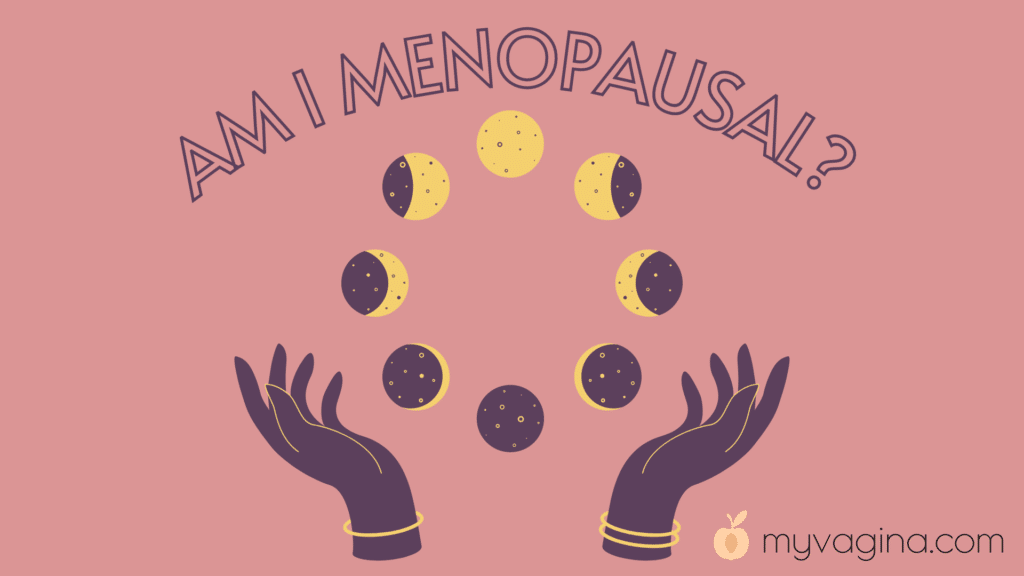If you haven’t had a period for a year, and there is no other obvious cause (i.e. you are too young, there is unusual bleeding or other symptoms), then you can assume that menopause has arrived.
If you’re experiencing new symptoms (temperature issues, insomnia, etc.) and there is change in menstrual bleeding (irregular, very heavy/flooding), a diagnosis can usually be made by your doctor.
Tests for menopause
There are several measurable indicators of entering menopause:
- Epithelial cell examination
- Vaginal pH test
- FSH test
Vaginal maturation index
The look of your vaginal walls is a good indicator of where you’re at, with thinner, drier, easily-disturbed tissue a good indicator of lowered oestrogen levels. Learn more about this in the vaginal maturation index.
Vaginal pH test
Another good indicator, in the absence of infection or dysbiosis (flora imbalance), is vaginal pH1. The pH of the vagina changes with hormonal changes, so the more oestrogen, the higher the numbers of lactic-acid-producing lactobacilli.
The pH goes up the fewer lactobacilli present. A menopausal vagina usually has a pH of 5.0 – 5.5, whereas a fertile-age (read: normal oestrogen levels) vagina sits between 3.8 and 4.5.
FSH testing
A follicle-stimulating hormone (FSH) test is not always very accurate, since your FSH levels can fluctuate during the day or day to day during perimenopause. This can be misleading. Once you have become menopausal, however, FSH levels will stay high, but you won’t need a test to tell you that – you will know.
The best time to take the FSH test is three days after your period starts – if your result is >10 IU/L, it indicates a perimenopausal state. Oestradiol levels should also be taken at the same time, with a reading of <150 pmol/l suggestive of perimenopause.
If you have had a hysterectomy and there is doubt regarding your test due to no periods, FSH alone may be useful in determining what is going on. Progesterone and oestrogen tests are even less reliable due to fluctuations and are typically a waste of time and money. If you are on oral hormone replacement therapy, results will be inaccurate.
References
- 1.Das A, Pala S, Panda S, Singh A. Vaginal pH: A marker for menopause. J Mid-life Health. Published online 2014:34. doi:10.4103/0976-7800.127789
Get a fresh perspective with a qualified, experienced vulvovaginal specialist naturopath.
This product has multiple variants. The options may be chosen on the product pageThe most comprehensive vaginal microbiome test you can take at home, brought to you by world-leading vaginal microbiome scientists at Juno Bio.
Easy-to-use BV and AV treatment program.
Promote and support a protective vaginal microbiome with tailored probiotic species.






